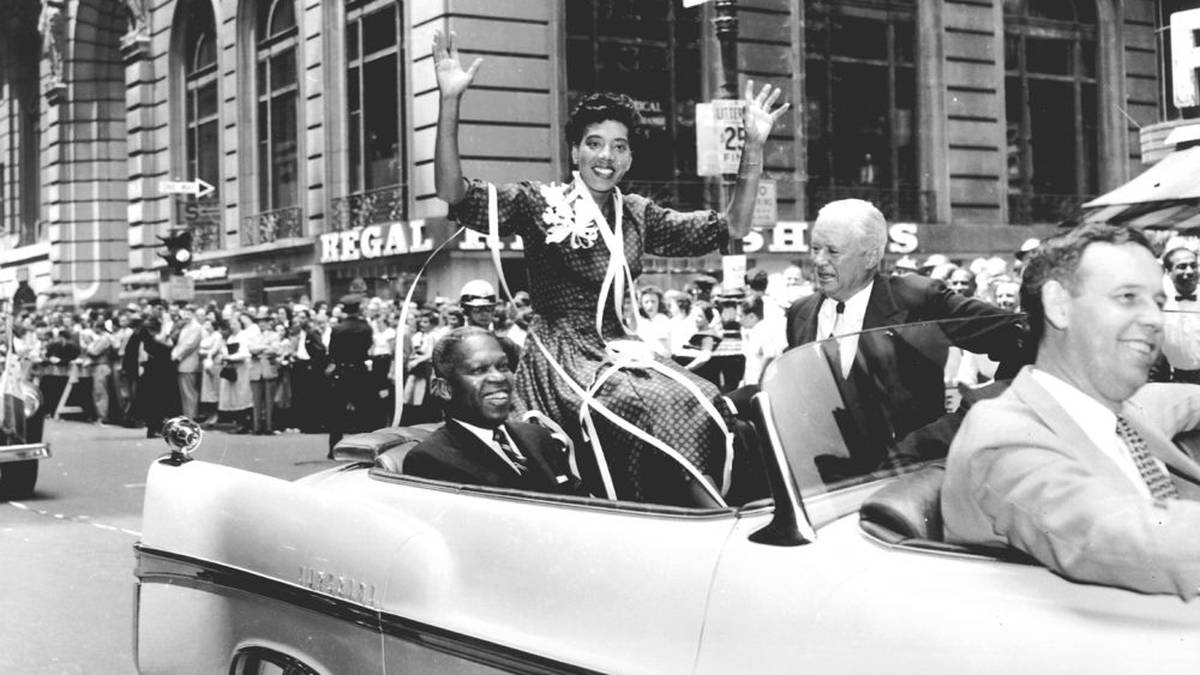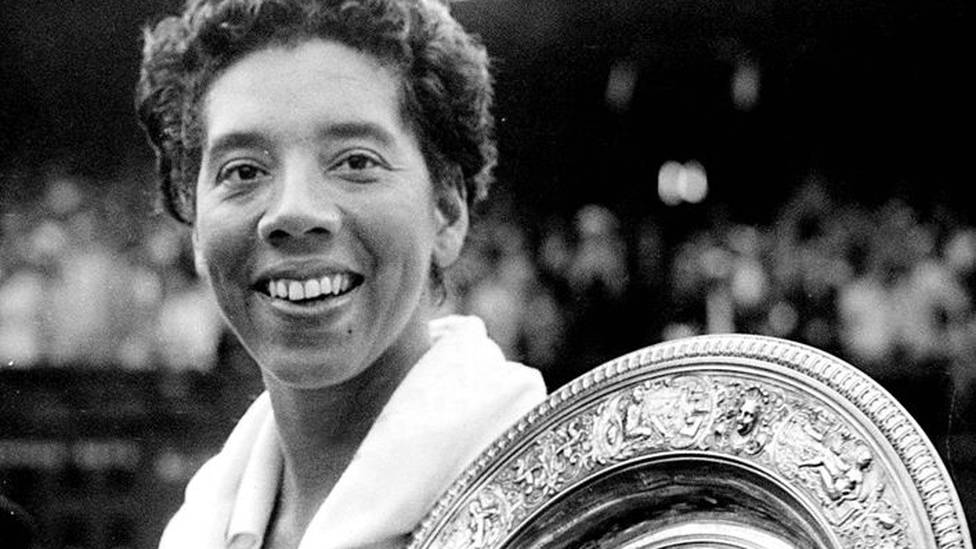Althea Gibson was the first black Wimbledon winner, despite bitter discrimination that continued afterwards. She died 20 years ago today in distressing circumstances.
Serena Williams knows what she owes to Althea Gibson.
Gibson was “one of the most important, probably for me the most important pioneer in tennis,” the superstar once said: “She was black, she looked like me, and she opened so many doors for all the players that came after her.”
Over 40 years before Serena and Venus Williams reached the pinnacle, over 60 years before US Open winner Coco Gauff, Althea Gibson was the first black female winner of a Grand Slam tournament, Wimbledon champion and generally the first black female tennis player at world class level.
The obstacles Gibson had to overcome along the way were just as considerable as the racial discrimination she faced before and even afterwards.
The legend’s troubled life ended 20 years ago today – in oppressive circumstances.
Althea Gibson grew up in poverty and discrimination
Althea Neale Gibson was born on 25 August 1927 in Clarendon County in the US state of South Carolina, it was the time of segregation and the Great Depression, the severe economic crisis that preceded World War 2.
Althea’s parents were “sharecroppers”, farmers on a cotton plantation who fled the economic hardship to the big city of New York.
Althea grew up in the Harlem neighbourhood, dropped out of school at 13 and lived for a time in a social shelter for fear of her father, who was prone to violent outbursts. In her autobiography, Gibson described herself as a “street fighter”; she learned to play tennis in the neighbourhood, in the variant of padel that is now going around the world as a trendy sport.
Racism in tennis was pervasive in Gibson’s time
The word got around about the talent of the massive, but also stylistically high-quality playing 6-foot-5 brunette, she was promoted by Walter Johnson, a doctor involved in the tennis community, who later also took Arthur Ashe under his wing.
Even more than Ashe, who was born 17 years after her, Gibson suffered from racist structures in her country and in tennis; she was excluded from many national and international tournaments.
In 1950, Gibson helped a top player from the generation before her to make her debut at the US Nationals, today’s US Open: Alice Marble, a four-time winner, denounced discrimination against black players in “white sport” in an incendiary letter. She successfully put pressure on tennis to drop the “colour line” – three years after the MLB debut of the first black Major League star Jackie Robinson.
After Wimbledon victory a sports idol of the fifties
Gibson went on to a furious career, winning the French Open in 1956, followed by two triumphs each at Wimbledon and the US Open in 1957 and 1958.
“It was a long way from the coloured section on the bus to the handshake with the Queen,” Gibson noted with satisfaction after her first London victory. Gibson was presented with the winner’s trophy by the young Queen Elizabeth, and on her return to the US she was greeted with a ticker tape parade in New York – like Jesse Owens after his triumphs at the 1936 Olympics in Nazi Germany.
Gibson was named US Female Athlete of the Year in her two great years, she was also the first black woman on the covers of Time Magazine and Sports Illustrated.

Early success was also a curse
As groundbreaking as Gibson’s triumphs were, their early timing was in some ways also a curse: Gibson didn’t make much money under amateur conditions before the “Open Era” began
In her second career as a paid professional, she was less in demand than other stars; Gibson found in frustration that she recognised in it the discriminatory patterns she had thought she had overcome with her successes. She was also permanently denigrated by the fact that she continued to be denied official membership of the All-England Club at Wimbledon despite her victories.
In her late 30s, Gibson embarked on a new career as a golfer (where she also still felt much discrimination), in parallel pursuing other passions, appearing in TV shows, films and on stage – Gibson was also a talented singer and saxophonist.
Sports forgot Althea Gibson
Over the years and decades, however, Gibson became increasingly forgotten as a public figure and impoverished as she suffered mounting health problems from the late Eighties onwards, with two brain haemorrhages and a stroke, and was crushed by the cost of treatment.
Gibson’s former doubles partner Angela Buxton from England – who had her own history of discrimination as a Jew – organised a major relief effort, but again encountered frustrating hurdles: By her own account, she did not even receive a response from several tennis organisations.
In 2003, Gibson survived a heart attack and then died on 28 September as a result of complications following a respiratory and bladder infection.
Twice divorced, Gibson found her final resting place in her longtime adopted home of Orange, New Jersey. Since 2019, a statue on the grounds of the US Open in New York has commemorated the pioneer.





